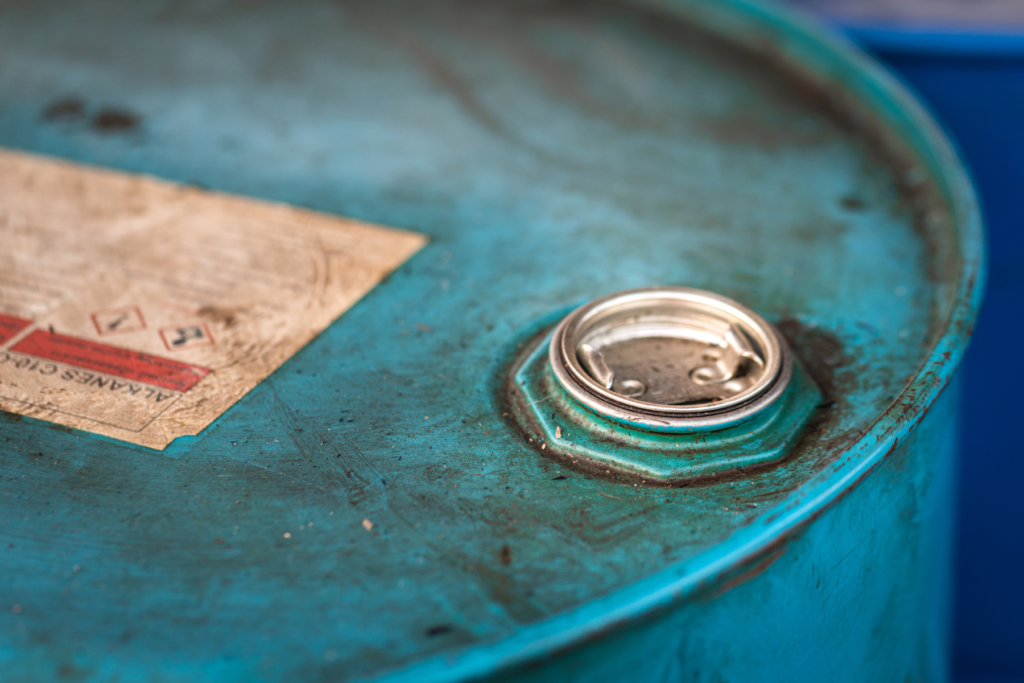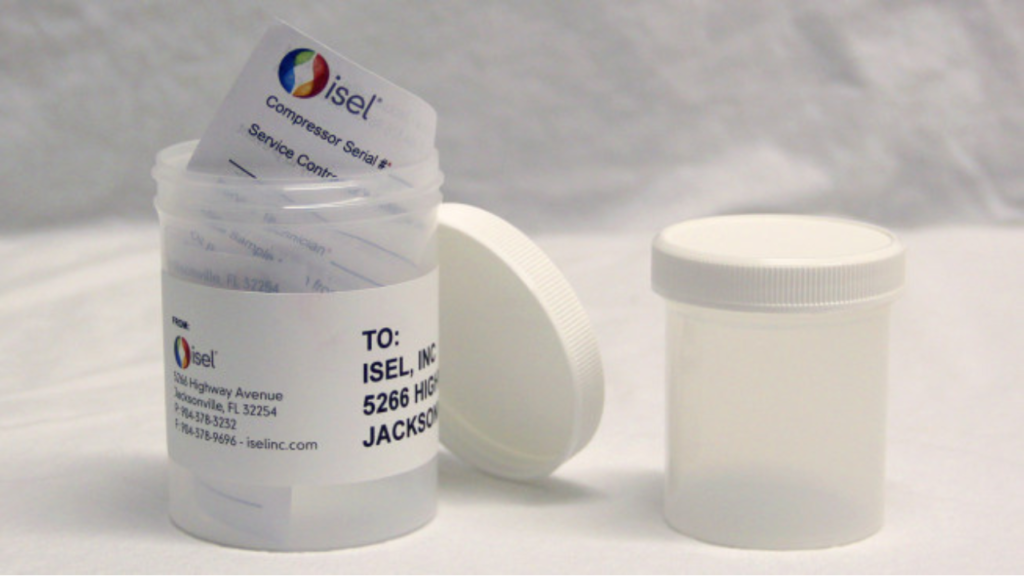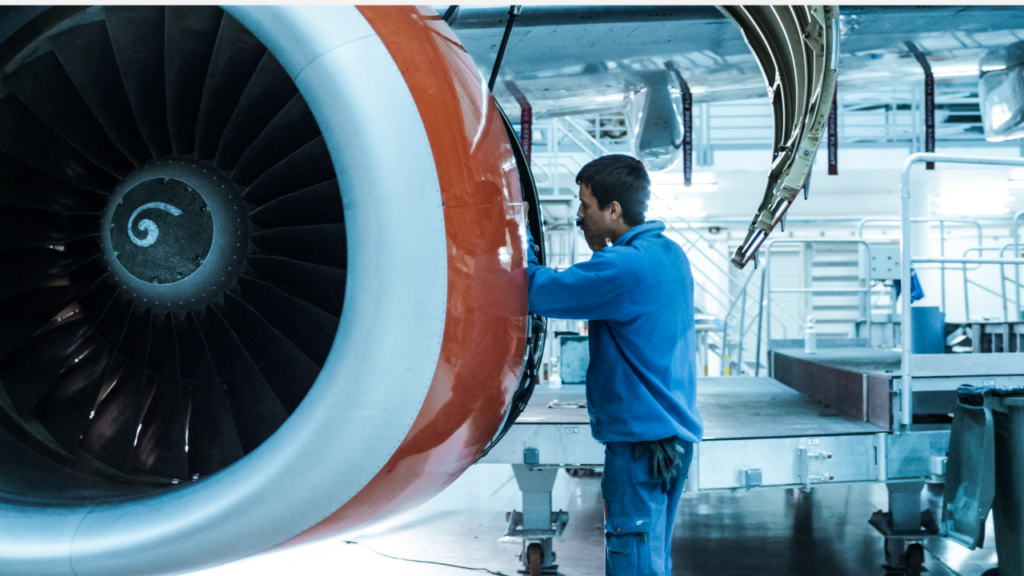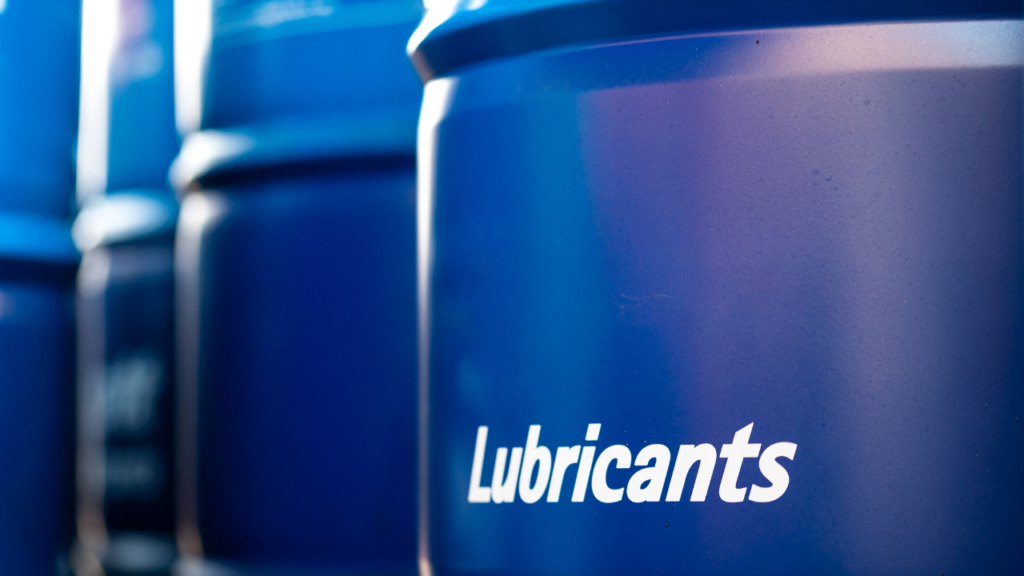
10 Steps to Getting More From Your Equipment Lubricants
Just like everything else, lubricants have a shelf-life. If you treat them right, this can be anywhere between six months to three years depending on the type. However, lubricants will only reach their max life expectancy if they are stored and cared for properly.











